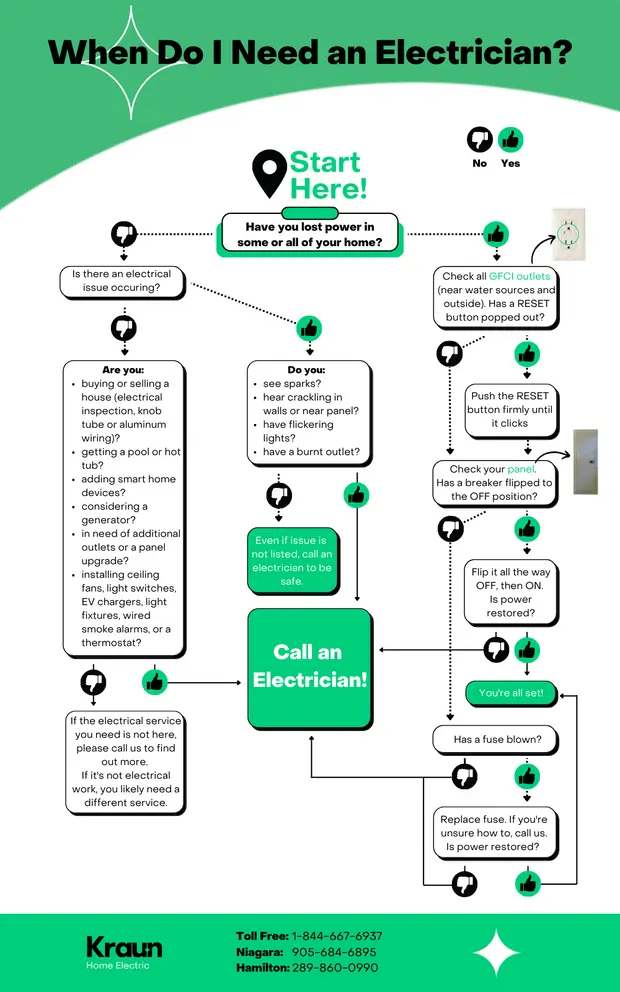As electric vehicles (EVs) become more common, a significant value add for many businesses is to offer on-site EV charging. This can be a useful tool for improving your customer experience. You may find direct new sources of literal traffic at your door as drivers who need a charge browse your business while they wait.
A 2017 market research report found that the average household income of EV drivers is about $30,000 higher than gasoline-vehicle drivers. One of the best ways to make your business a destination for EV drivers is by installing on-site electric vehicle chargers.
The specifics of installing an EV charger at your workplace can vary widely, so this blog will share many things to consider if installing an EV charger is in your future. Besides the different types of chargers and set-ups, there are power supply and logistical considerations you should think about first.
What to know about commercial electric vehicle charging stations

There are three types of EV chargers. Level 1 is a simple cable that plugs into a wall and the vehicle. Most businesses install level 2 commercial charging stations, which you often see in parking lots, streets, and businesses. Level 3 chargers are often known as superchargers.
The differences between the three relate to the speed of charging and the infrastructure needed to run them. The higher the level charger, the more power is required to increase the charging speed. Level 2 chargers are the popular choice as they are relatively affordable and provide a good charging experience for the driver. The charging speed is similar to their home charger.
A Level 3 charger can charge a vehicle to 80% in 30 minutes but is costly to install and draws a lot of power. Units often cost five times more than a level 2 unit. The power required to use the charger is more than the average business’s power supply can handle. Level 3 chargers make the most sense for car dealerships or gas stations.
Common level 2 pump brands are Chargepoint and Flo. They offer single or dual-headed chargers. Dual-headed chargers provide more value since you are essentially getting two chargers in one unit. There are two options for wiring the unit – the chargers can share a single flow of electricity (shared service) or draw on their own flow (split service).
For customers, split service chargers are better because each charging head maintains its charging speed even when both are in use. Charging speed reduces when both heads are in use on a shared service unit as less electricity is available to flow to each car.
Either way, installation includes connecting and running wiring underground from your company’s electrical system to the charger via electrical conduit. Since this infrastructure goes in regardless of the charger type, most charging hosts opt for the split flow of electricity as it provides a better charging experience for a little bit more cost.
The software for the charging stations is included with the units. It has an array of features that allow you to monitor and manage usage, view statistics and set pricing, which gives you total control from your devices.

What are the EV charging stations requirements?
According to the Electrical Safety Authority, your system must supply sufficient power for 100% usage of up to the first ten charging heads. For example, if you install four charging heads that use 50 amps each, your system must provide 200amps (4x50amps) of power in addition to your day-to-day usage. The idea is that if all four chargers were in use, your electrical system could handle the load.
The main takeaway is that your electrical system limits the number of chargers your business can offer, and you may need to upgrade to install the number of chargers you need. Of course, any system upgrades required will increase the project’s overall cost.
How much do electric car charging stations cost?
The cost of a unit depends on the brand, charger level, and model you choose, but a good ballpark number is between $5,000-$14,000. The parts and labour for the installation are an additional cost. The installation cost is based on the distance of the charger from the electrical panel, the number of units to install, the upgrades needed, and more.
Fortunately, Natural Resources Canada has sponsored a rebate program to install commercial EV charging stations at your business. You can receive up to 50% of total project costs. If you are interested in learning more about this program, visit the Government of Canada’s ZEVIP website.
We invite you to connect with us to start your EV installation project. We offer free project quotes and appointments are available. You can contact us via service@kraun.ca or by using the phone number or form below.
We look forward to getting started!







